The new electric motorcycle, based on the Project Livewire concept, should be ready to go on sale in the next 18 months, Harley-Davidson said.
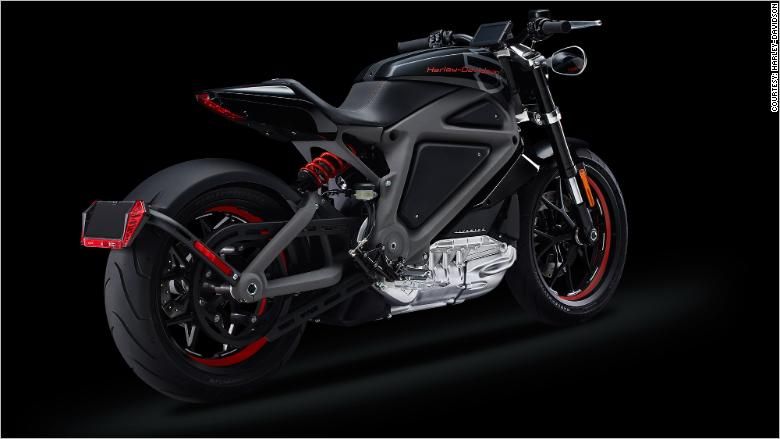

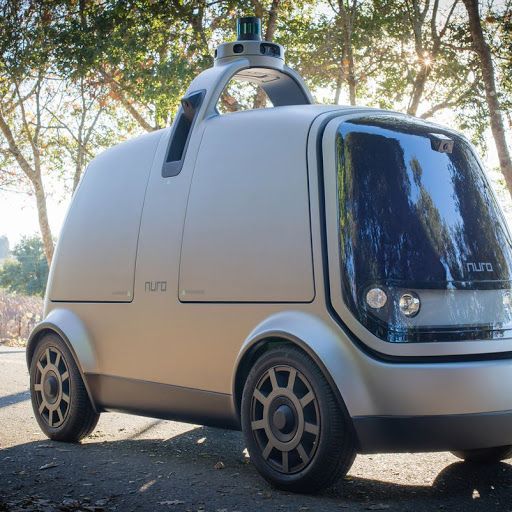
“Volvo cars is taking a bold step forward,” the company explained in a video on Volvo’s official Twitter account, “heralding the end of an era for the pure internal combustion engine.”
While other companies have yet to take the leap, Volvo knows investing in electric car production makes good sense from a business perspective: “This is about the customer,” Håkan Samuelsson, Volvo Car Group’s president and CEO, said in a press release. “People increasingly demand electrified cars and we want to respond to our customers’ current and future needs.”
It’s also a decision rooted in a sense of environmental responsibility, “We are determined to be the first premium car maker to move our entire portfolio of vehicles into electrification,” Samuelsson said in the video. “This is a clear commitment towards reducing our carbon footprint, as well as contributing to a better air quality in our cities.”
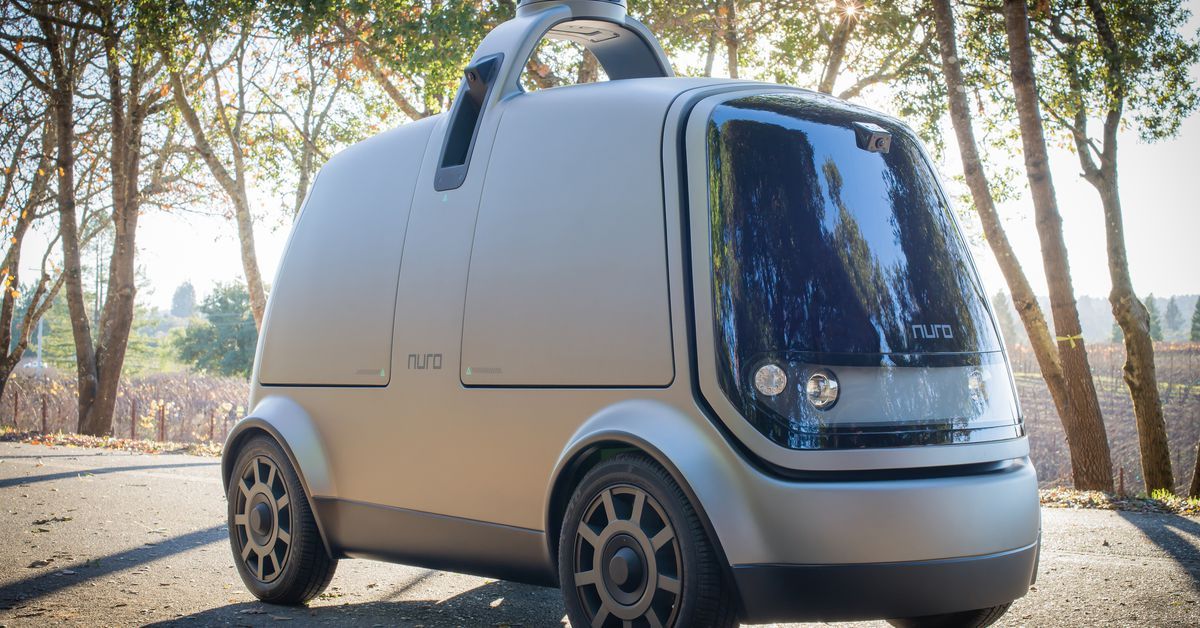

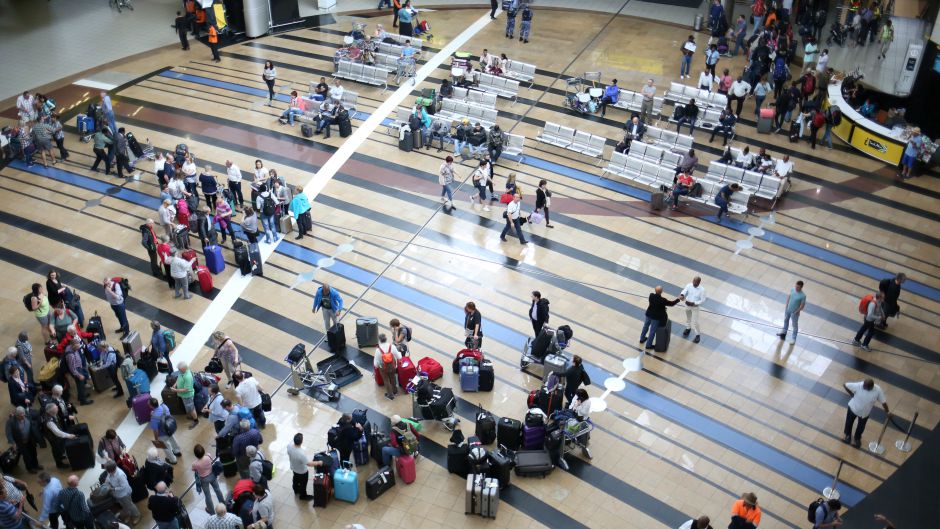
“Yesterday (Jan. 28), 23 African countries launched the Single African Air Transport Market (SAATM) initiative by the African Union (AU). ”
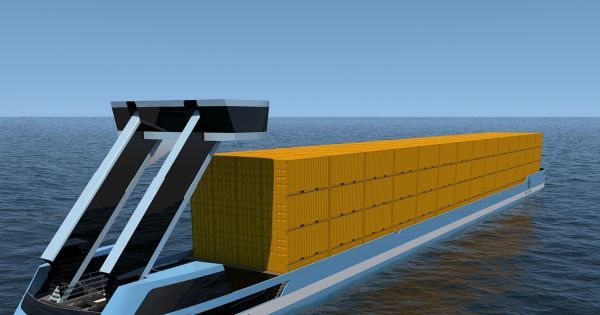
Planes that can fold their wings to different angles while in the air have the potential to fly faster than their peers, and NASA has recently made headway into their development. The space agency has conducted a series of test flights proving that it can control the wings it designed to move into any position and that they have aerodynamic benefits. While the technology has existed for a long time, it typically requires the use of heavy hydraulic systems. NASA’s version doesn’t need that kind of machinery: it relies on the properties of a temperature-activated material called shape memory alloy instead. Upon being heated, the alloy activates a twisting motion in the tubes serving as the wings’ actuator, moving the wings’ outer portion up to 70 degrees upwards or downwards.
The foldable wings will give typical planes like commercial airliners a way to adapt to different flight conditions. They can give pilots more control over their aircraft and could even lead to more fuel efficient flights. Planes designed to fly at supersonic speeds (faster than the speed of sound), however, will get more out of this technology.
Tesla has managed to ship several high-end electric vehicles to consumers, but commercial trucking is the company’s next big move. After showing off its design for an electric semi truck, the company has been working on an aggressive release schedule. However, the vehicle hasn’t been spotted in real life until now. A video uploaded to YouTube shows Tesla’s sleek electric semi cruising down a road in California.
There are few details to glean from this short clip (below). The original prototype trucks Tesla unveiled several months back did not have side mirrors, leading some to suspect Tesla had some fancy alternative in mind. The truck just spotted in the wild does have mirrors, though. That’s necessary for it to be street-legal, so Tesla probably just omitted the mirrors for the announcement to make the truck look cooler.
As you can see in the video, the front of the semi is narrower than standard diesel trucks. It doesn’t need a giant engine, and the cab is slightly smaller with a centered driver’s seat. It’s vastly quieter than a regular semi as well. The truck doesn’t even drown out other road noise as it passes the camera. There’s someone behind the wheel of the truck, but Tesla is touting the autopilot features of the vehicle. Although, many have pointed out Tesla’s self-driving tech is far behind the curve.